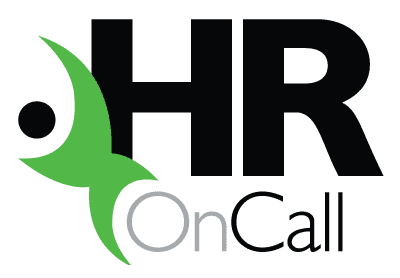Ageism in hiring, a missed opportunity in our workplaces.
Age-related bias in recruitment remains a subtle but persistent issue in Australia’s workforce. While many people nearing the later stages of their career journey are eager to stay engaged and contribute meaningfully, their wealth of experience and insights isn’t always fully recognize or utilize in the hiring process.

The Australian Human Rights Commission consistently reports age discrimination as one of the most common complaints it receives. In its 2022–23 annual report, the Commission recorded 3,577 complaints under the Age Discrimination Act 2004, with employment remaining a key area of concern.
A 2022 national survey also found that over a third (36%) of HR professionals viewed people aged 61–65 as “older workers,” with 23% extending this label to those aged 66–70. Such perceptions can result in missed opportunities, where highly capable candidates are overlooked not because of their skills or fit, but because of assumptions tied to age.
While much of the conversation around ageism centres on those in the final stages of their careers, it’s important to acknowledge that younger workers can also be affected. Entry-level candidates are sometimes dismissed as lacking commitment or maturity, while mid-career professionals may find it difficult to be considered for leadership roles if they’re deemed “too young.”
Australia is currently grappling with a significant and persistent skills shortage. According to Jobs and Skills Australia, one in three occupations is experiencing a shortage. Research shows that jobs with more people aged over 55 are less likely to have skill shortages. For example, when over 30% of a workforce is made up of people in this age group, only 19% of those jobs face shortages. In contrast, when fewer than 10% of workers are over 55, the shortage rate jumps to 44%.
People finishing their career journeys bring valuable experience, technical skill, and leadership that can strengthen organisations. Many are not seeking full-time roles, but are open to flexible, meaningful contributions. Their presence can support knowledge transfer and boost workforce capability across generations.
To reduce age-related bias and unlock this talent, employers can: review hiring practices, offer flexible work options, and promote an age-inclusive culture.
Addressing ageism is not only the right thing to do—it’s a strategic step toward building more resilient and inclusive workplaces.

